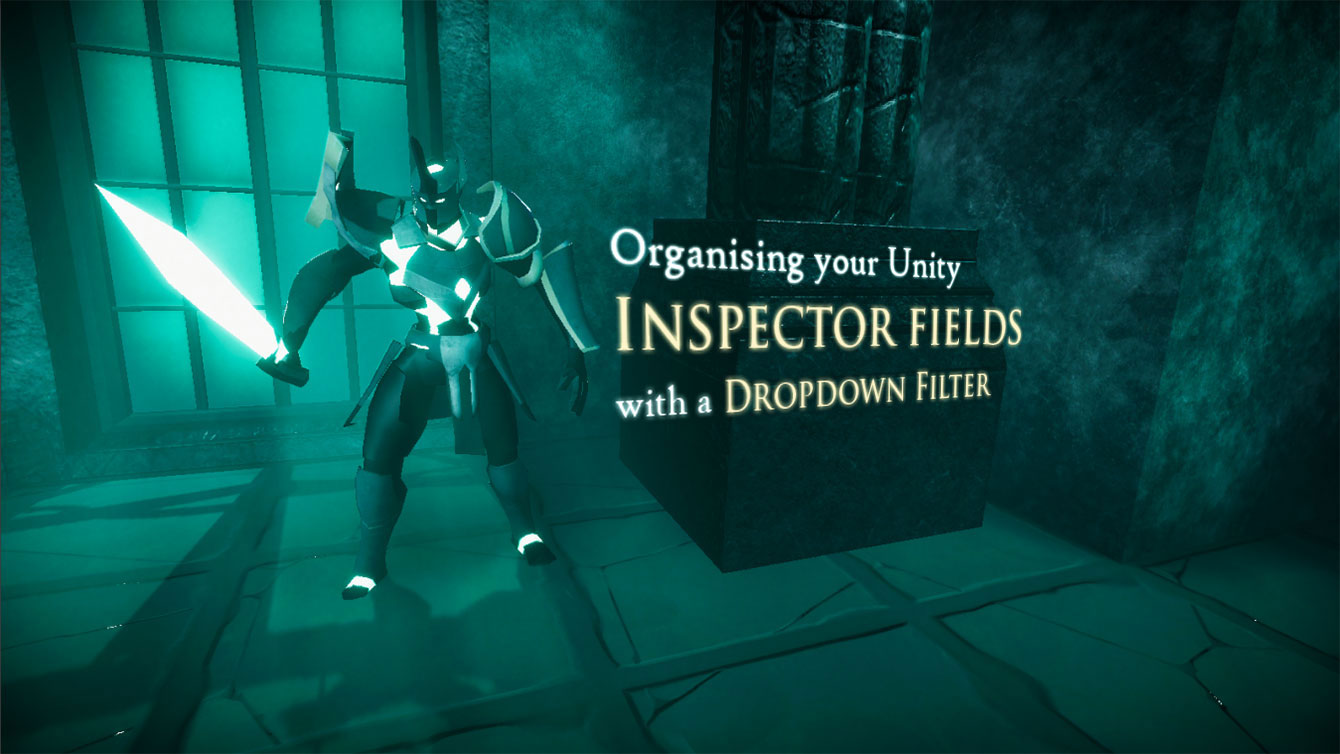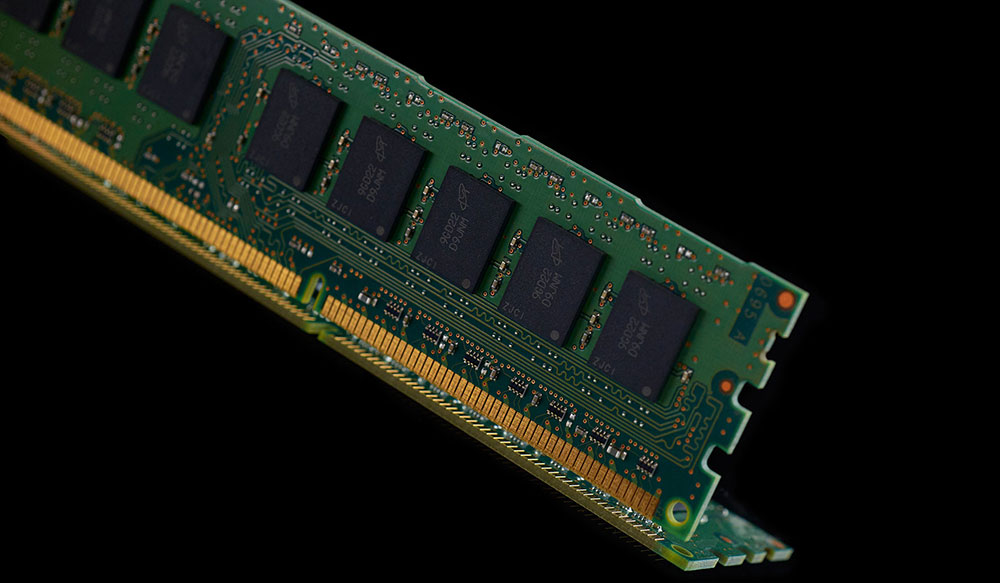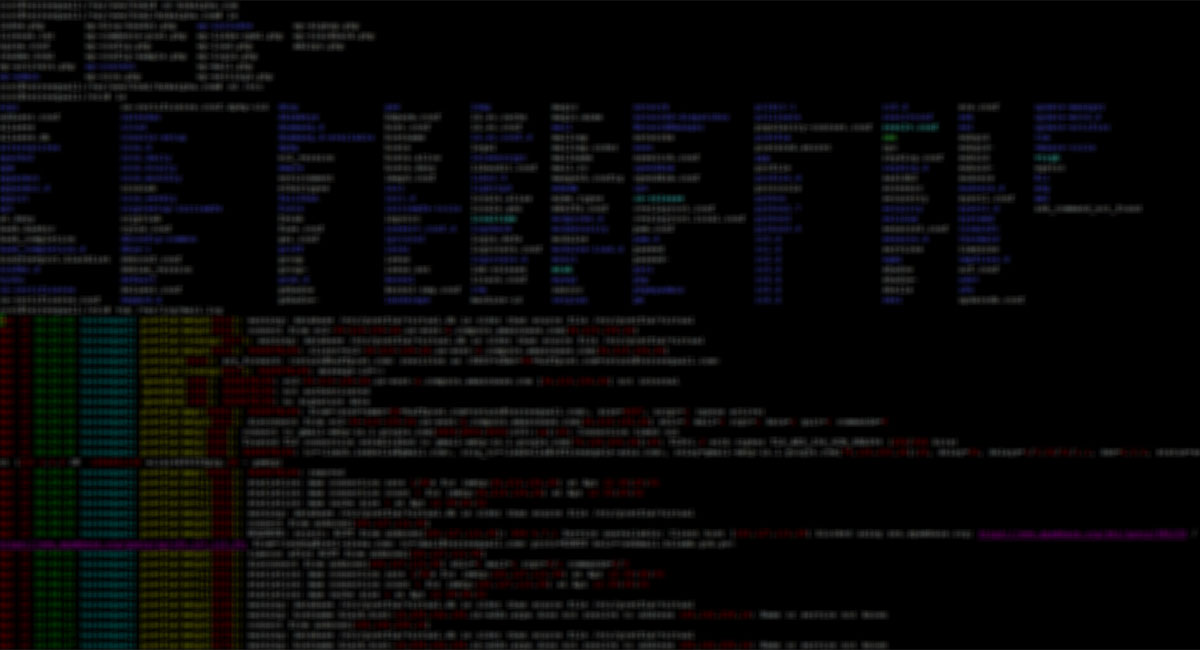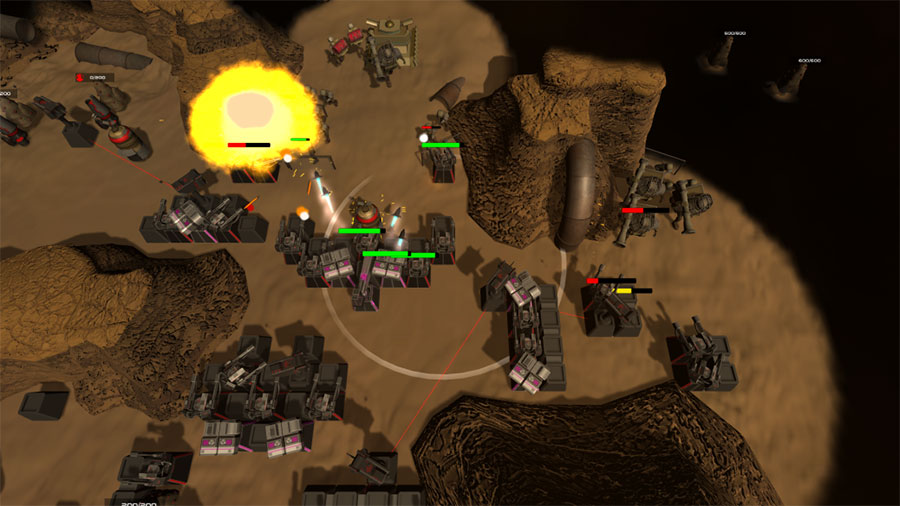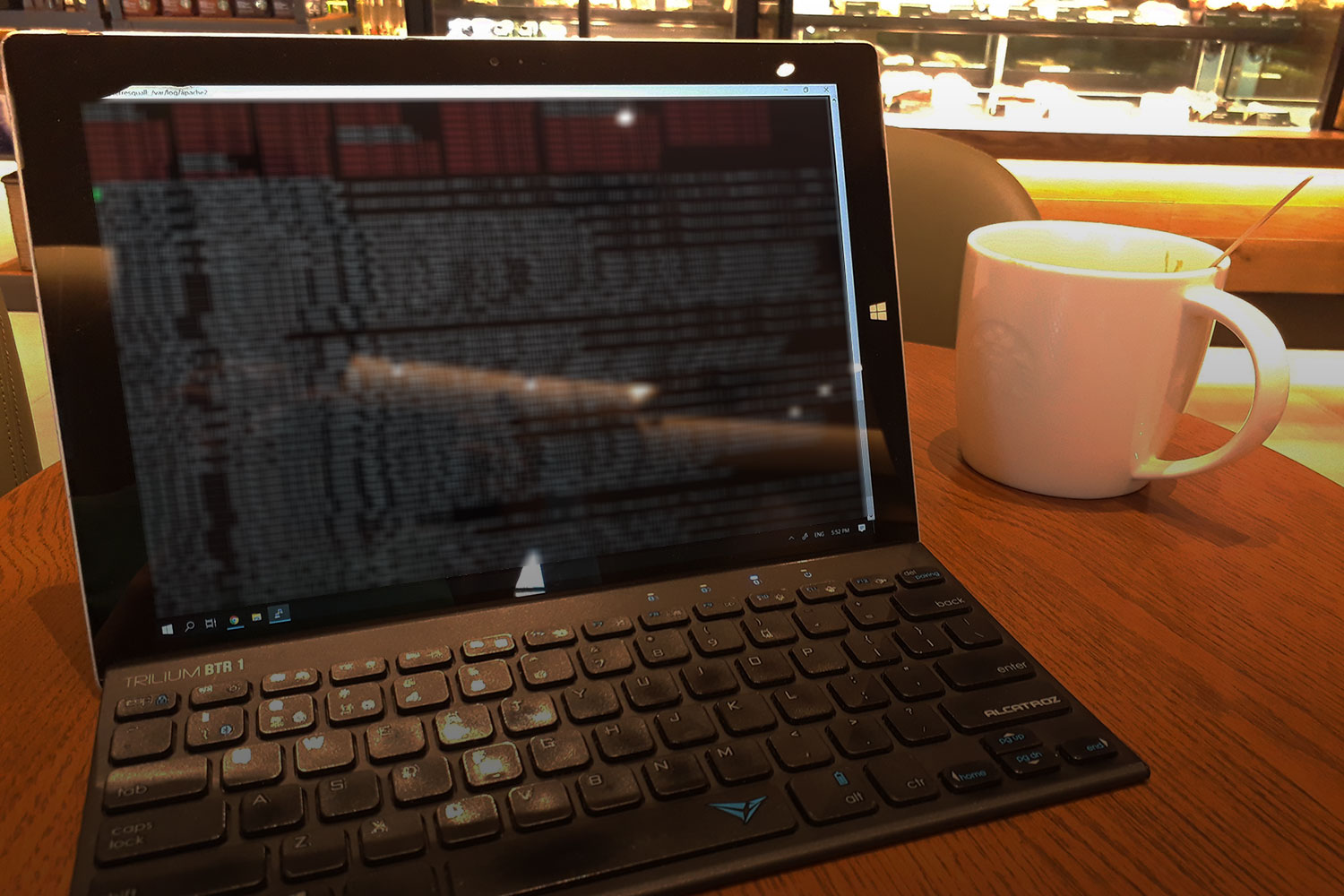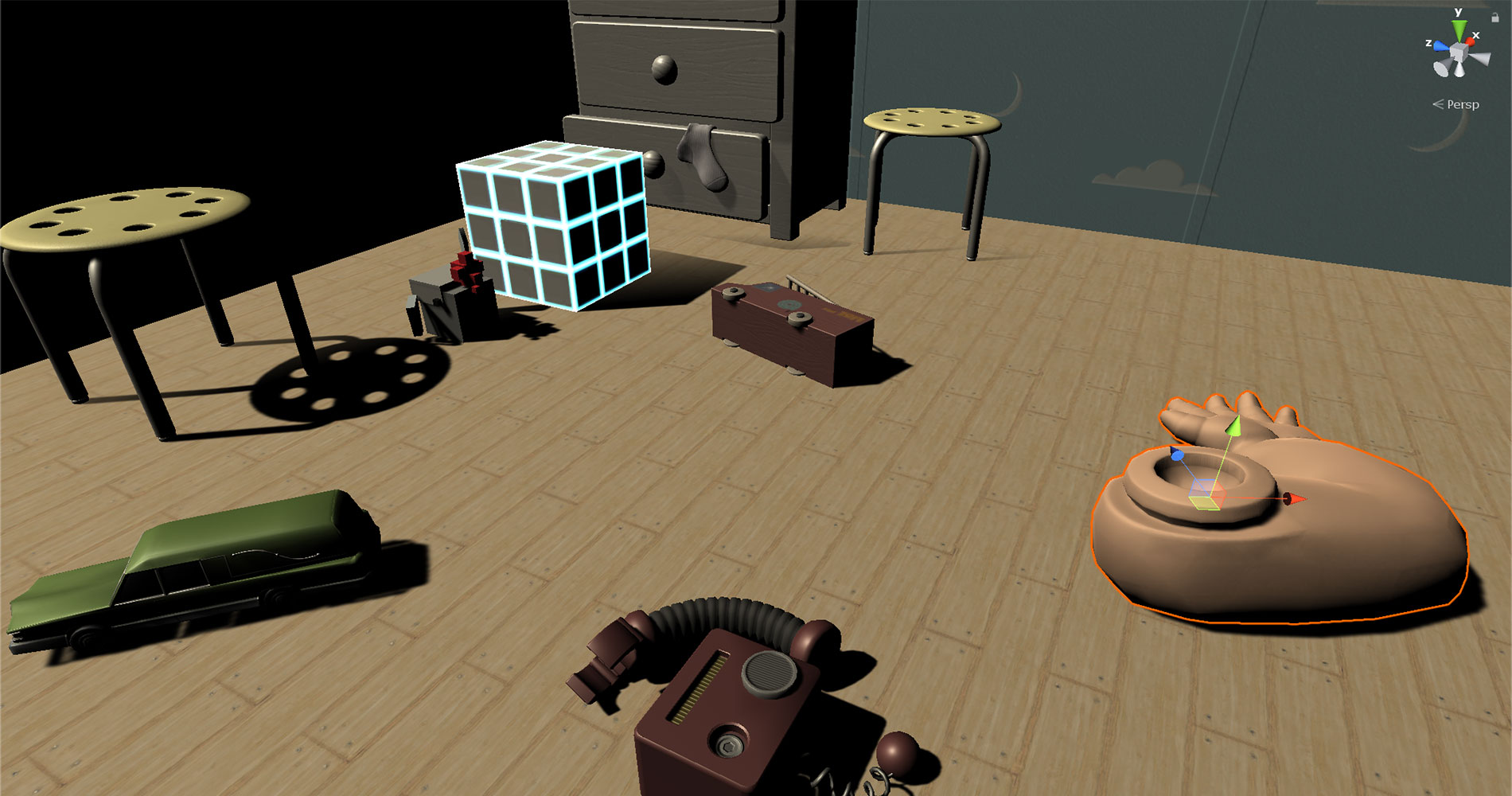Over the past 4 months, my team and I have been working on a rogue-like hack-and-slash game for our school’s final year project called Dust to Dust. We have very high ambitions for the game, and we had never worked on projects as large of a scale as this. Of course, by doing that, the challenges we encountered got bigger as well. We had to keep track of many parameters in developing a role-playing video game, and quickly realised that the time taken to find Inspector properties in the project was getting longer and longer. Furthermore, the project was on a 15-week timeline, so every minute was valuable.
Hence, we needed an effective solution that would ease navigation in the project, and — like before — it became clear that we had to once again extend the Unity Editor to suit our needs.
Continue reading